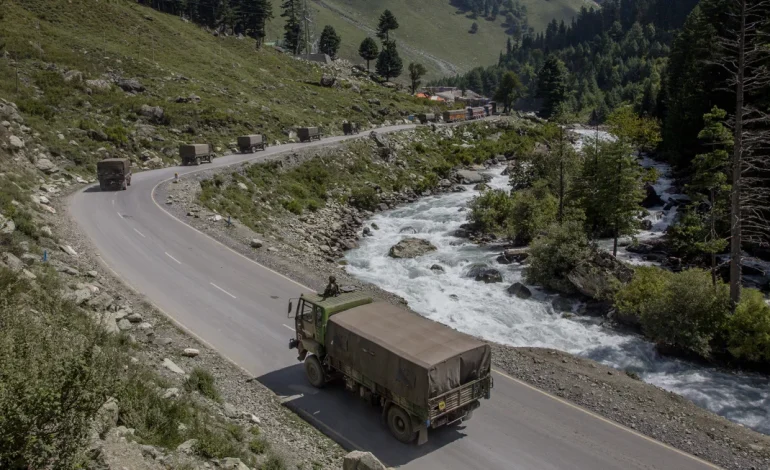India and China have reached an agreement on military disengagement along their disputed border, according to a statement from New Delhi, signaling a step towards easing tensions between the nuclear-armed neighbors, CNN reports.
The announcement comes as both leaders, Xi Jinping and Narendra Modi, are in Russia for a BRICS summit.
India’s Foreign Minister Subrahmanyam Jaishankar confirmed that the agreement focuses on military patrolling in certain areas, effectively returning the situation to the status quo pre-2020, when a deadly border clash occurred. This marks the completion of the disengagement process with China, according to Jaishankar.
Beijing subsequently confirmed the agreement, stating that both sides “reached a solution” following “close communication on relevant issues of the China-India border through diplomatic and military channels.”
The agreement is widely viewed as paving the way for potential talks between Xi and Modi, who are both attending the BRICS summit in Kazan, Russia. While neither country has confirmed a formal one-on-one meeting between the two leaders, the announcement has generated speculation about such an encounter.
Neither side has provided detailed information about the agreement, including how the disengagement will be implemented in the contentious, high-altitude region, which has been a long-standing source of friction.
The 2,100-mile de facto border, known as the Line of Actual Control (LAC), has never been clearly defined and remains a point of contention since the 1962 Sino-Indian War. The deadly clash in 2020 along the border between Indian Ladakh and Chinese-controlled Aksai Chin marked the first known fatalities in over four decades, with at least 20 Indian and four Chinese soldiers killed.
During last year’s BRICS summit in Johannesburg, Xi and Modi agreed to “intensify efforts” to de-escalate tensions. The 31st round of border talks between Chinese and Indian negotiators took place in late August.
While the disengagement agreement represents a significant step in resolving the ongoing border issue, observers emphasize the need for further details. The 2020 violence was followed by a disengagement process and border talks, but points of friction persist, including areas previously patrolled by both sides but now designated as buffer zones.
Concerns have been raised in India regarding the potential for the Chinese People’s Liberation Army (PLA) to use these buffer zones to expand their territory at the expense of Indian patrols. However, India’s Ministry of Defense has previously denied the loss of any territory during the standoff.









